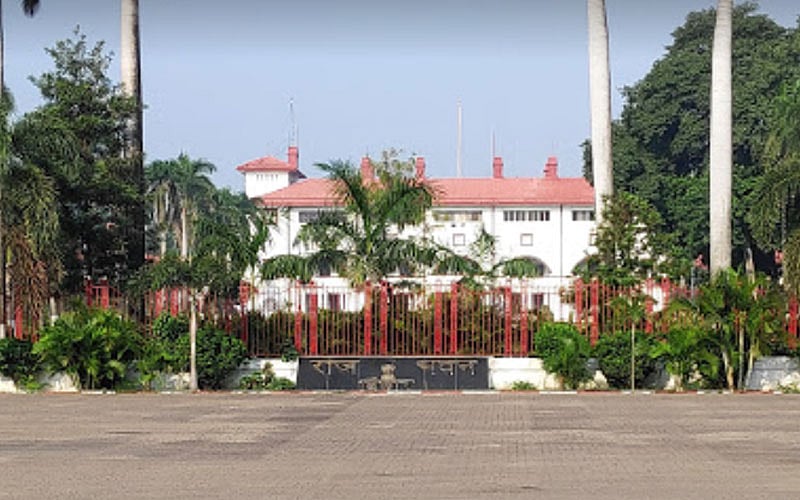
The imposition of President’s rule in Maharashtra on Tuesday is a replica of what happened in Bihar in 2005 when the then Governor Buta Singh made a similar recommendation to the Centre.
In his report to the then Union government, headed by Prime Minister Manmohan Singh, the Bihar Governor said that “since there was little possibility of formation of a stable government,” the state should be put under President’s rule.
However, later, the Supreme Court pulled up the Centre and passed strictures against the Governor, who, as a consequence had to quit the gubernatorial post.
It all started on February 27, 2005, when the Bihar Assembly results threw a fractured mandate, resulting in imposition of President’s rule on March 7.
Suspended animation
Since the Assembly was put under suspended animation, the NDA, comprising the JD(U) and the BJP, claimed that it could still form a government.
The JD(U) had won 55 seats and the BJP 37. Together, the two allies had 92 MLAs but were way short of the magic figure of 122 in the 243-member House.
On the other hand, the RJD emerged as the single largest party with 75 seats but, like the NDA, was much short of the half-way mark.
It was then that the NDA leader Nitish Kumar conveyed to the Governor that he enjoyed the support of 115 MLAs in the 243-member House. (He was reportedly trying to split LJP which had 29 MLAs).
With no party able to submit the list of half-way magic figure of 122, the Governor eventually informed the Centre that efforts were made to split the LJP.
Apprehending “large scale horse-trading,” Buta recommended on May 21 that “since a stable government was not possible, the Bihar Assembly be dissolved and fresh elections held.”
The Cabinet met at midnight May 22 and accepted the Governor’s report, which was later faxed to the then president A P J Abdul Kalam, who was then on a tour to Moscow.
Kalam approved the recommendation in two hours and the Assembly was dissolved.
Later, this decision was challenged in the apex court. The then chief justice Y K Sabharwal on October 7, 2005, reprimanded Buta Singh for his actions saying his decision “reeked of malafide intent.”
“All canons of propriety were thrown to the wind... Undue haste made by the Governor smacks of malafide intent,” said the CJI.
He also pulled up the then UPA government for “accepting Governor’s report as Gospel truth”.
Passing strictures against Buta, the apex court said, "...Clearly the Governor has misled the Council of Ministers.”
Later, elections for Bihar Assembly were held in October-November 2005 and Nitish was sworn in as chief minister after getting a clear majority.
